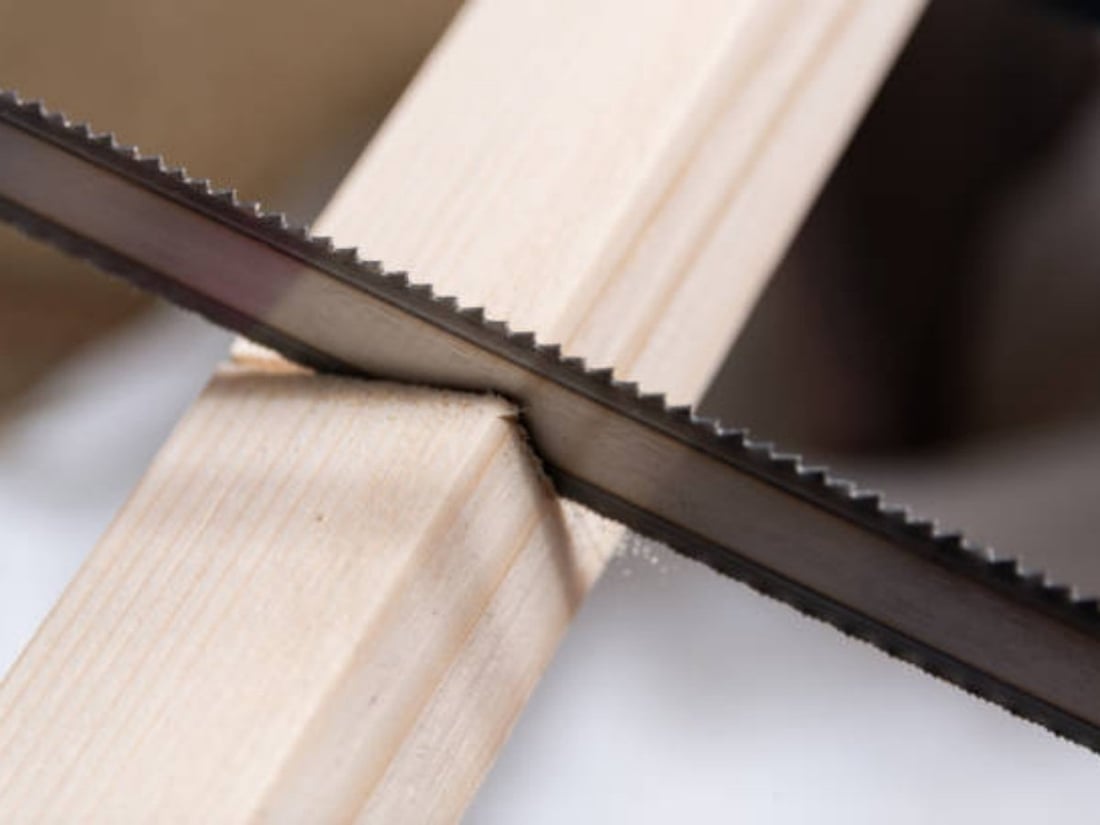Choosing the Right Reciprocating Saw Blade for Woodworking
Reciprocating saws are versatile tools that can make quick work of various cutting tasks, including cutting through wood. However, to achieve clean and efficient cuts, it is essential to use the right reciprocating saw blade for the job. In this guide, we will explore everything you need to know about reciprocating saw blades for wood, from their types and features to their maintenance and best practices.
Understanding the Different Types of Reciprocating Saw Blades for Wood
Reciprocating saw blades for wood come in various types, each designed to tackle specific cutting applications and materials. Let's take a closer look at some of the most common types:
1. Standard Reciprocating Saw Blades for Wood
These blades are ideal for general-purpose cutting in wood. They feature a straight, coarse tooth design that allows for fast and aggressive cuts. Standard reciprocating saw blades are available in different lengths and tooth counts, allowing you to choose the right one based on the thickness and type of wood you are cutting.
2. Pruning Reciprocating Saw Blades
If you often find yourself needing to trim branches or prune trees, pruning reciprocating saw blades are a must-have. These blades have fewer teeth and wider gullets, making them perfect for cutting through wood with embedded nails or thick branches. They provide efficient and clean cuts, reducing the risk of splintering.
3. Flush Cut Reciprocating Saw Blades
When you need to make precise cuts flush to the surface, flush cut reciprocating saw blades are the go-to choice. These blades have a unique design that allows them to cut vertically and horizontally without damaging the surrounding material. They are perfect for tasks such as cutting door jambs or trimming protruding nails.
4. Carbide-Tipped Reciprocating Saw Blades
For cutting through hardwoods or abrasive materials like fiberglass or cement board, carbide-tipped reciprocating saw blades are the most durable option. The carbide teeth stay sharp for a longer time, ensuring efficient cutting and extended blade life. These blades are more expensive than standard blades but offer superior performance and longevity.
Key Features to Consider in Reciprocating Saw Blades for Wood
When choosing reciprocating saw blades for wood, there are several key features you should consider to ensure optimal performance and safety:
1. Blade Length
The length of the blade determines the maximum cutting depth it can achieve. Longer blades are suitable for thicker materials, while shorter blades offer better maneuverability in tight spaces. Consider the thickness of the wood you commonly work with to select the appropriate blade length.
2. Tooth Count
The tooth count refers to the number of teeth per inch (TPI) on the blade. Higher TPI blades provide smoother and cleaner cuts, while lower TPI blades are more suitable for aggressive and faster cuts. Consider the type of cuts you will be making to choose the right tooth count for your reciprocating saw blade.
3. Blade Material
The material of the blade affects its durability and performance. Most reciprocating saw blades for wood are made of high carbon steel, which offers a good balance between affordability and longevity. However, for cutting through harder materials, such as hardwoods or metal-embedded wood, consider blades with carbide or bi-metal construction.
4. Shank Type
Reciprocating saw blades come in two shank types: straight and T-shank. Straight shanks are typically used in older models of reciprocating saws, while T-shanks are more common in modern saws. Ensure that the blade you choose matches the shank type of your reciprocating saw to ensure compatibility.
Maintaining and Extending the Lifespan of Reciprocating Saw Blades
Proper maintenance and care can significantly extend the lifespan of your reciprocating saw blades for wood. Here are some tips to keep them in optimal condition:
1. Clean the Blades after Each Use
Wood fibers, resin, and other debris can accumulate on the blade during cutting, affecting its cutting performance. After each use, wipe the blade clean with a cloth or brush to remove any residue. For stubborn debris, you can use a mild solvent or blade cleaner.
2. Avoid Excessive Heat
Excessive heat can cause the blade to warp or lose its tempering, reducing its cutting efficiency and lifespan. To prevent overheating, apply cutting lubricant or coolant when working with your reciprocating saw. This will help dissipate heat and keep the blade cool.
3. Store Blades Properly
When not in use, store your reciprocating saw blades in a dry and clean environment. Consider using blade holders or blade cases to protect them from moisture, dust, and other potential damage.
4. Replace Worn-Out Blades
Even with proper maintenance, reciprocating saw blades eventually wear out and lose their cutting effectiveness. Inspect your blades regularly for signs of wear, such as dull teeth or bent edges. Replace them promptly to ensure safe and efficient cutting.
Conclusion
Reciprocating saw blades for wood are essential tools for any woodworker or DIY enthusiast. By selecting the right blade type, considering key features, and properly maintaining them, you can achieve clean, precise, and efficient cuts in various woodworking projects. Remember to always prioritize safety and follow the manufacturer's guidelines when working with reciprocating saws and blades. Happy cutting!


